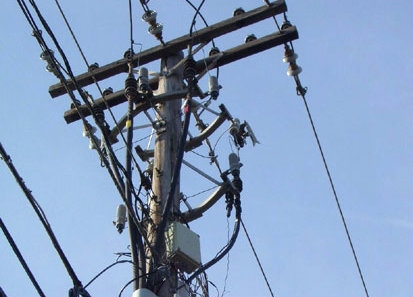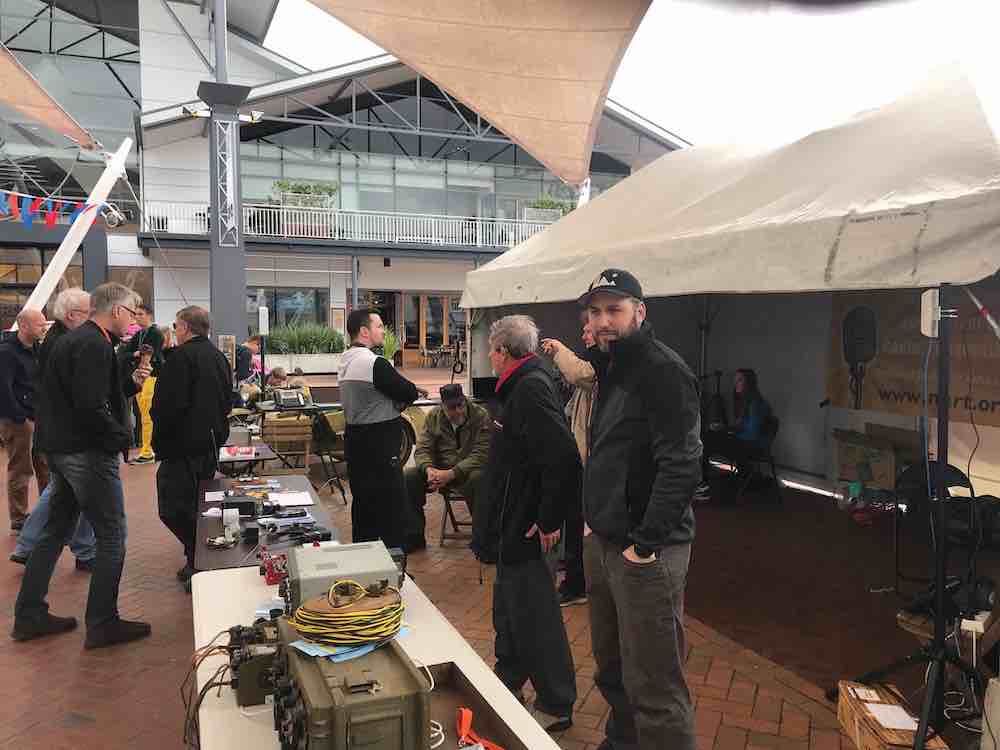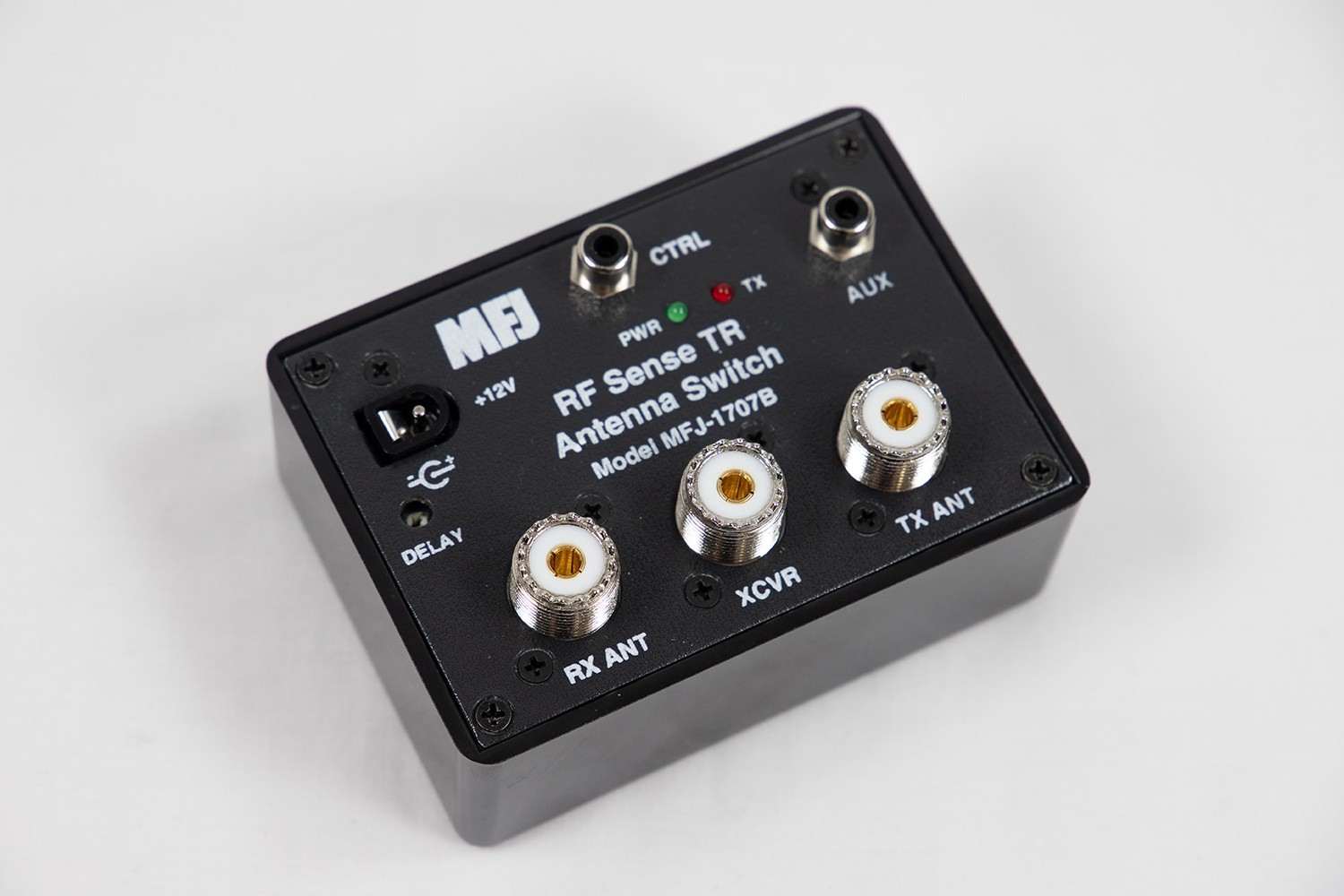No not a BIOS upgrade for your computer … But at the last meeting of the year on 17 November 2019 we got insights into the backgrounds of two of our members. Summarised information will appear in due course on a members only page on the website. The idea is to collect together a short set of bios for all of our regular attendees so that newcomers will be able to get to know us more quickly.
Radio Frequency Interference: Shed Workshop

In a world of worsening noise floors, our workshop on RFI was eagerly awaited. Held on Sunday 3 November, from 1pm – 3pm at Bernard ZL2BD’s QTH (1 Winsley Tce, Churton Park) it was attended by 9 members.
Three speakers spoke about radio frequency interference. This is a growing problem for amateurs in urban environments and one that is not always easily able to be resolved.
The workshop was in three parts as follows:
- RFI in Amateur Radio: Brief overview of RFI (Bob ZL2AVM). Hams as the culprits!
- RF interference tracking (John ZL2XJ). Diagnostic guide and detection tools.
- RFI Suppression: (Bernard ZL2BD). SMPS Suppression and earthing
Everybody stayed around to enjoy the tea, coffee, sausage rolls and biscuits.
Branch 50 NZART at Maker Faire 2019

Branch 50 members, were present at the 2019 Maker Faire which took place at Queen’s Wharf in downtown Wellington on 20 October (10am – 4pm) . We participated in the NZART stand, along with members from branches 42 and 63. NZART brought amateur radio to the people. We gave away brochures about the branch, engaged with a wide range of people and talked about our hobby.
Note that there was no regular branch meeting in October, due to the Faire.
Phasing two antennas & TX/RX switching – Shed Workshop – 6 October 2019

Bernard ZL2BD gave a talk on how to safely switch between RX and TX antennas on your rig and demonstrated the circuit (which is probably not suitable for break-in keying). This circuit would allow us to use our active antenna or mag loop antenna on RX and our standard antenna on TX. The MFJ unit above is an alternative approach.
He also demonstrated a simple phasing circuit that works with two RX antennas to reduce noise levels or to peak a signal. Steering of a two antenna array throughout 360 degree is possible. Two active antennas can be used, or in fact, any two antennas spaced less than 1/4 wavelength apart can be steered (on RX) to reduce unwanted noise and maximise forward gain.
The following articles relate to the workshop:
